CLAN CARRUTHERS INT SOCIETY CCIS PROMPTUS ET FIDELIS

VIKING SHIPBUILDING
CARRUTHERS / ASHMEN WHERE VIKING SHIPBUILDERS

Boats and ships were a major importance in everyday Viking life and they were a symbol of wealth and power. Vikings were advanced in wood carpentry and it is mentioned often that Viking ships were lighter, slimmer and faster. However, there is little proof to suggest that those statements are true. There are very few whole Viking ships that remain to serve as a basis for theories. The best way to test theories is to reconstruct and experiment based on information that we do know. This information comes from literature, art and archaeology.

Quite a lot of descriptive information that we know about Viking vessels comes from societies that were raided by the Vikings. Other information came from Viking art that depicted the ships such as gold coins, the Gotland stone and the Bayeux tapestry. Archaeology plays a major role in learning about Viking vessels; the major discoveries include the Mästermyr tools, the Skuldelev vessels, the Oseberg ship, and the Gokstad ship. These discoveries will be discussed later on, before vessels are mentioned there must be some information about the items required to build them.

Through all the DNA studies, the Carruthers were named Ashmen in the Viking age. They lived in Gutland / Gotland and were granted land in the Aachen Forest from the Papal Throne to grow the Ash Trees that they used to build ships. They were very wealthy and powerful group of people, through shipping trade in Gotland/Gutland.
Much of their DNA has been turning up in many areas of archeological digs in Gotland/Gutland and European sites also. Besides master iron workers, jewelry of silver and bronze, they were masters with woodworking also.
Throughout the Viking Age the style of boats and ships changed, but the materials Vikings used were fairly consistent. This section discusses the different materials that Vikings used to build boats and ships as well as what the materials were used for.
Tools
 Until 1936 not much was known about Viking tools. Occasionally, a tool or two would show up on a burial site. In 1936 a farmer found a chest with a chain around it. Inside the chest was a variety of tools that dated back to the Viking Age, they are known as the Mästermyr tools. There are at least five ways in which we know about Viking woodworking. Two pieces of evidence comes from literature and forms of art. The third bit of evidence comes from examining detail in the wood. The fourth bit of evidence comes from modern day tools, Viking tools and their purposes are similar to those of modern tools. The last piece of evidence comes from archaeological discoveries. The list of tools below is what was discovered at Mästermyr, except for the planes and pole lathe. How we know about the use of these tools will be mentioned next to the name and description below.
Until 1936 not much was known about Viking tools. Occasionally, a tool or two would show up on a burial site. In 1936 a farmer found a chest with a chain around it. Inside the chest was a variety of tools that dated back to the Viking Age, they are known as the Mästermyr tools. There are at least five ways in which we know about Viking woodworking. Two pieces of evidence comes from literature and forms of art. The third bit of evidence comes from examining detail in the wood. The fourth bit of evidence comes from modern day tools, Viking tools and their purposes are similar to those of modern tools. The last piece of evidence comes from archaeological discoveries. The list of tools below is what was discovered at Mästermyr, except for the planes and pole lathe. How we know about the use of these tools will be mentioned next to the name and description below.
Adzes- Viking Age adzes are rare to find but were frequently used in woodworking. Adzes have a curved blade which has the purpose of helping to smooth the split logs.
Augers- Augers came in many forms during the Viking age, the ones from Mästermyr are believed to be breast augers. Augers take the form of a drilling bit in the shape of a spoon. In breast augers the spoon is attached shaft that rotates, which is connected to a curved piece of wood. Rivet holes would be made by applying pressure from the carpenter’s chest onto the curved wood while turning cross handles, which was attached to the bit.
Axes- The woodworking axes were different than the axes that were used as weapons. Woodworking axes were specifically designed for felling trees. Axes were also used for wedges, which would help to spit the logs into wedges.

Chisels- Used to cut rabbets into the wood as well as making mortises. Mortises would have been made with the help of the auger. The auger would drill the holes and then be shaped by chisel and/or gouge.
Draw Knife- Smoothes the wood by being drawn to the user by using fine control. A change in angle can affect how much wood is removed. Draw knifes could possibly be used as a gouge as well.
Files- There are many types of files, which are/were used to shape wood.
Gouges- Same information as the chisels, refer to notes above.
Moulding Iron- Used similar to the draw knife, but creates decorative grooves instead of smoothing the wood. Moulding irons may have also been used to create designs on the gunwale.
Planes- It is suggested from a literary and historical standpoint that wood planes may have also been used. A wood plane is similar to a chisel that is held by a wood block and may be used to square edges or smooth surfaces.
Pole Lathe- Turned wood artifacts and debris from a pole lathe have been found, although the tool itself has not been. It is believed that the pole lathe was made of wood and contained by a green limb and a treadle. This action would turn the wood as the carpenter worked on shaping the wood with the help of other tools.
Rasps- There were two rasps found at Mästermyr. Raps would also be used to shape wood.
Saws- Two wood saws were also part of the Mästermyr find, a fine-toothed saw and a coarse saw. The peculiar thing about these saws is that they are in the same style as a serrated knife.
Wood
In the Viking Age, any type of wood was used by craftsmen that could be. Boats and ships were mostly made out of hard woods ash, oak and pine. Vessels would often be comprised of more than one type of wood. From the Skuldelev vessels we also know that lime, ash, alder, and birch were also used. In the Gokstad ship, pliable spruce roots were used to secure the strakes. Wood nails and pegs were also used.
The one exception for woods was a ship built for the Chief or Chieftain. Ash was always reserved for this honor. It was considered one of the most sacred woods to use. Some believed it was magical powers or the Wood of Odin.
Metal

Iron was the metal that was often used in Viking life. Not much iron was used during the construction of a vessel because of the added weight. Iron nails were often used as well as washers during the construction of a vessel, iron rivets were also used in the later Viking Age. The ship’s anchor and chain were also made of iron and the anchor style varied from ship to ship. In some cases, such as the Gokstad ship, iron bands were used to repair masts that had split due to strain from the sail.
Cloth
Not much is known about the cloth used as sails, because of decomposition. However, it is known that wool and linen were the most common textiles during the Viking Era. It is suggested that sail size would have led to the vessels being lighter and faster. From literature, the depiction of Viking sail design was in a striped pattern. Some individuals believe that there may have been loops on the sail where lines were passed through in order to shorten or lower the sail. Spars were used in order to spread the sail at the slightest wind. The most likely reason why Vikings were considered superior in their vessels and sailing may be due to their use and knowledge of the sail.
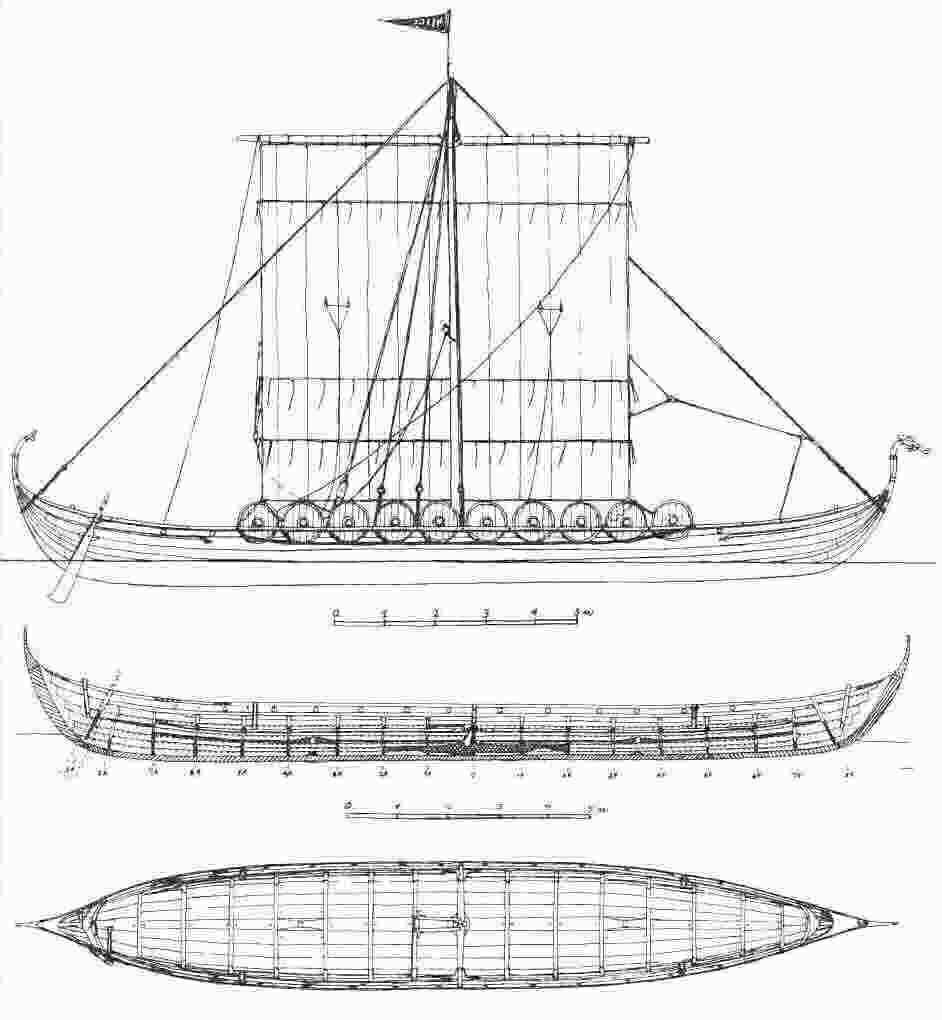
Rope
Rope during the Viking Era was made of bast or hemp. There may have also been ropes that were made from walrus or seal skins. For rope, skins were cut in a spiral around the entire creature’s length. It is suggested that sails were controlled by a reefing method. Sails may have also been controlled by two ropes attached to the lower corners of the sail.
Filler
Strakes on the vessel were sealed with wool yarn and tar; horse hair may have also been used. Tar was used to make the vessel more waterproof. After a period of time being used, the ship had to be re-sealed.
Types

Vessels are classified in different ways and differences are not always clear. The number of oars defines what a small vessel is; up to 12 oars (one man could take a pair). Medium vessels were 12 to 32 oars or 12 to 32 rowers (one man per oar). The large vessels were identified by how many pair rows there were (two men per oar). There was a lateral space between the seat called a rúm and ships could also be identified this way.

There are different categories of vessels and distinctions are not always clear as well. The eikja is the simplest kind of boat, a dug-out, and it was often used as a ferry. A bátr was a ship’s boat. Skip is the term used for any independent vessel that was not considered to be very large. Cargo ships were called ferja or byrðingr. Ocean-going vessels were known as knarr. Búza and kuggr were names of merchant/trading vessels. General purpose vessels were called skúta, similar ships might me known as karfi. A longship/warship of at least 20 benches was known as a snekkja, bigger longships were called a skeið. But the largest warships were referred to as drekar, which translates as dragons.

The characteristics of the vessels differ, depending on what they were used for. The Skuldelev ships show us how different the vessels are. Cargo ships are usually classified as medium vessels that have a large hold. Merchant/trading ships may also have a hold, but my not be as necessarily large as cargo ships. Ocean vessels were stronger than others so that they could withstand the waves and wind. Longships, or warships, needed to have greater speed and maneuvering abilities. Boats used for everyday things, like fishing, had higher sides than most other vessels. Some trading ships may have had higher sides as well, to store more goods. Those vessels that stayed close to land were mostly dependent on rowing only and lacked a keel. Vessels that belonged to higher ranking individuals were more intricate, the Oseberg vessel is thought to be an example of this. The Oseberg is intricately carved, which may have belonged to a chieftain. Other intricate vessels may look like a dragon or have weather vanes that are gilded.
Gokstad Design

The design commonality of Viking vessels is that they were clinker-built; this means that the strakes partially overlapped each other. Quite a few vessels have been discovered but there are very few that are mostly complete. This is because most of the vessels were found in peat bogs. The Oseberg and Gokstad ships are the most complete and best documented. Examining the Gokstad helps us to understand the construction and skill that went into a vessel.
The Gokstad has been dated to the ninth century and was classified as a general-duties vessel that was capable of being used in raiding or trade. The Gokstad is 23.3 meters long and estimated to weigh nine tons when empty. The ship is made of oak and pine. Overlapping strakes make up the hull and are nailed together and then spruce roots lashed the strakes to the frame. The lower strakes were attached to the hull with nails and strakes above the water line were attached with wooden pegs to L-shaped knees. The knees were attached to crossbeams and held the ship together. The knees also supported the deck which was not nailed down. The third strake from the gunwale has holes and slats that the oars can pass through. The strakes were then caulked with the filler mentioned above (in materials). A bar attached to the gunwale was used to help tie the shields.

The mast was sat in a socket were it could be attached to the ribs. The mast had also been repaired at some point with iron bands. The mast was movable when desired and was locked in place. Backstays were common in artwork depicting ships, but a place for one was not found. The forestay helped to move the mast. It is assumed that the mast was 10 meters tall to consist of a lighter ship weight as well as a faster ship. There may have been a rectangular sail of about 11 meters across attached to the sail, with the specifications mentioned above (in materials).

A large steering oar was used near the platform of where the helmsman and chief would have been. The steering oar, used for maneuverability, was attached to the starboard side by a tree root or withy. The oars were made of pine and were about 5 ½ meters in length, oarsmen had to be seated to use them. The anchor had a wooden stock with iron flukes. The deck was mostly clear because that is where individuals slept in tents. The design made the Gokstad less rigid and lighter than most ships. The Gokstad could easily reach 10 knots or more.
The Gokstad ship and other artifacts can be seen at the Viking Ship Museum in Oslo, Norway.
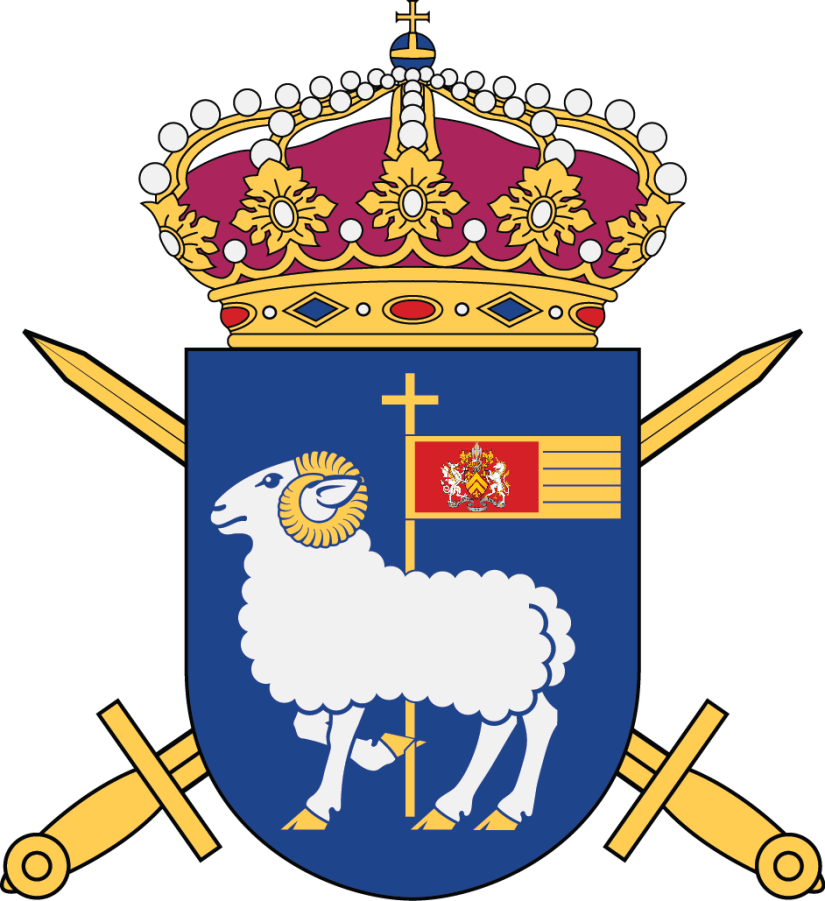
PRESERVING OUR PAST, RECORDING OUR PRESENT,INFORMING OUR FUTURE
ANCIENT AND HONORABLE CARRUTHERS CLAN INT SOCIETY CCIS
CARROTHERSCLAN@GMAIL.COM CARRUTHERSCLAN1@GMAIL.COM

Rick Fehrenbacher
VIKING MUSEUM
CLAN CARRUTHERS INT SOCIETY CCIS HISTORIAN AND GENEALOGIST
You can find us on facebook at :
Disclaimer Ancient and Honorable Carruthers Clan International Soci
Sources
Viking Ship Museum http://www.vikingeskibsmuseet.dk/index.php?id=1404&L=1
The Viking Answer Lady: Woodworking in the Viking Age http://http://www.vikinganswerlady.com/wood.shtml
The textiles in the Oseberg ship http://www.forest.gen.nz/Medieval/articles/Oseberg/textiles/TEXTILE.HTM
The Viking Achievement: The society and culture of early medieval Scandinavia by Peter Foote and David M. Wilson (1990)

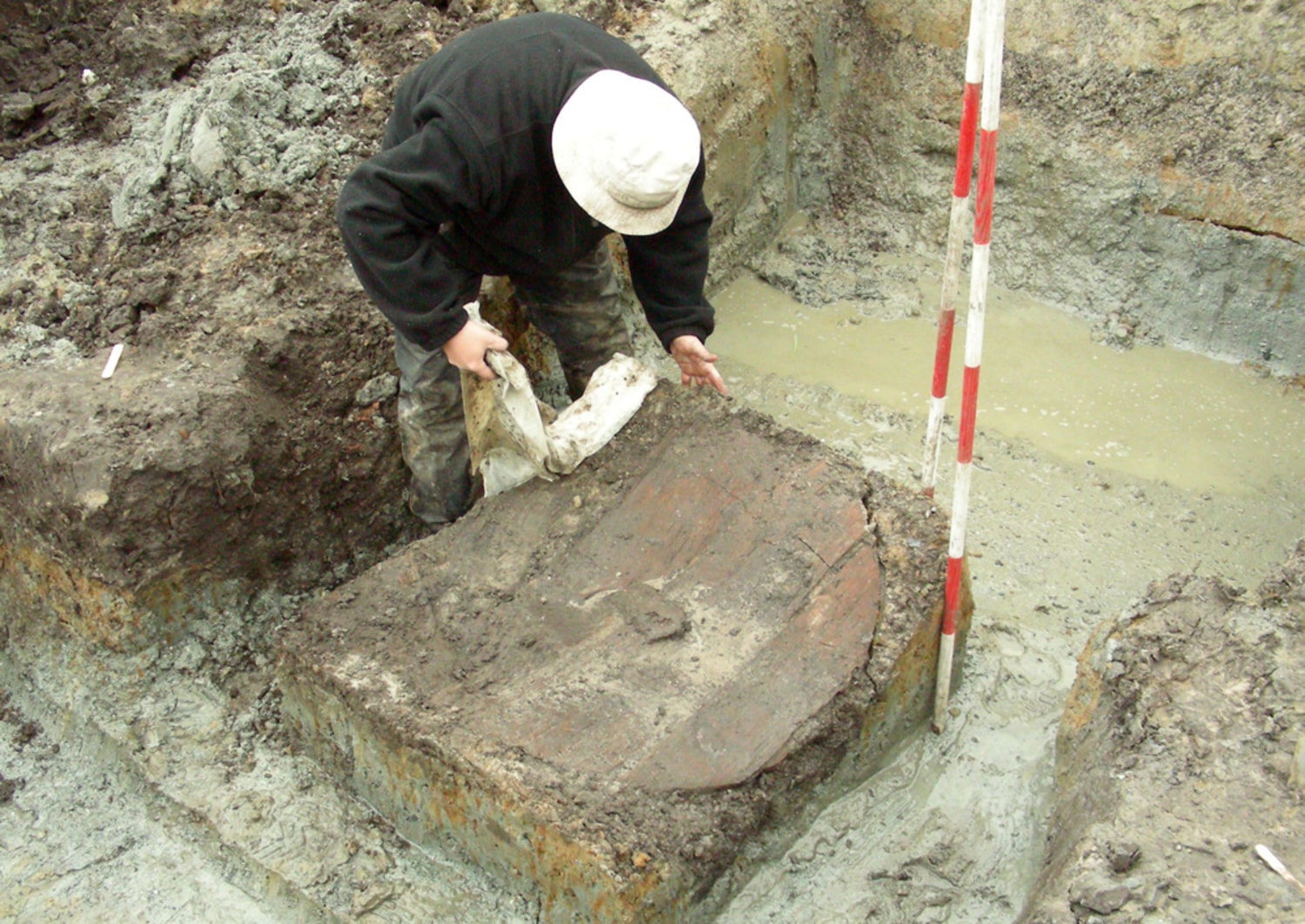
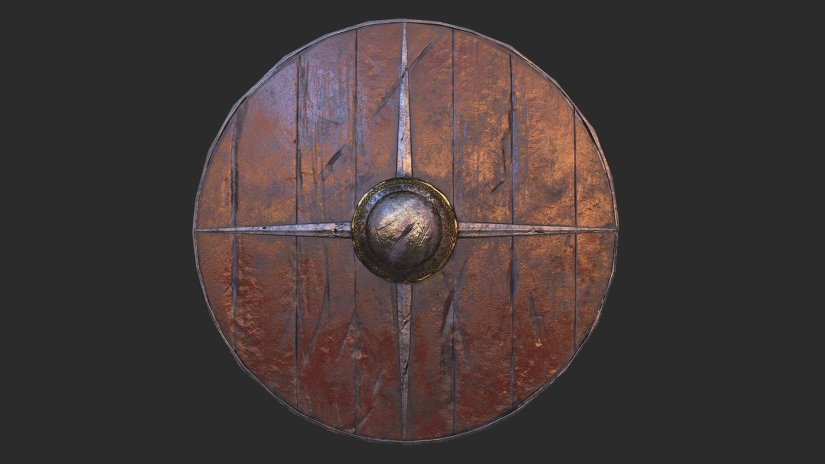








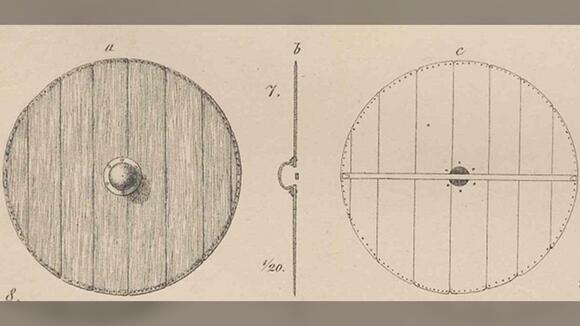




 Until 1936 not much was known about Viking tools. Occasionally, a tool or two would show up on a burial site. In 1936 a farmer found a chest with a chain around it. Inside the chest was a variety of tools that dated back to the Viking Age, they are known as the Mästermyr tools. There are at least five ways in which we know about Viking woodworking. Two pieces of evidence comes from literature and forms of art. The third bit of evidence comes from examining detail in the wood. The fourth bit of evidence comes from modern day tools, Viking tools and their purposes are similar to those of modern tools. The last piece of evidence comes from archaeological discoveries. The list of tools below is what was discovered at Mästermyr, except for the planes and pole lathe. How we know about the use of these tools will be mentioned next to the name and description below.
Until 1936 not much was known about Viking tools. Occasionally, a tool or two would show up on a burial site. In 1936 a farmer found a chest with a chain around it. Inside the chest was a variety of tools that dated back to the Viking Age, they are known as the Mästermyr tools. There are at least five ways in which we know about Viking woodworking. Two pieces of evidence comes from literature and forms of art. The third bit of evidence comes from examining detail in the wood. The fourth bit of evidence comes from modern day tools, Viking tools and their purposes are similar to those of modern tools. The last piece of evidence comes from archaeological discoveries. The list of tools below is what was discovered at Mästermyr, except for the planes and pole lathe. How we know about the use of these tools will be mentioned next to the name and description below.









